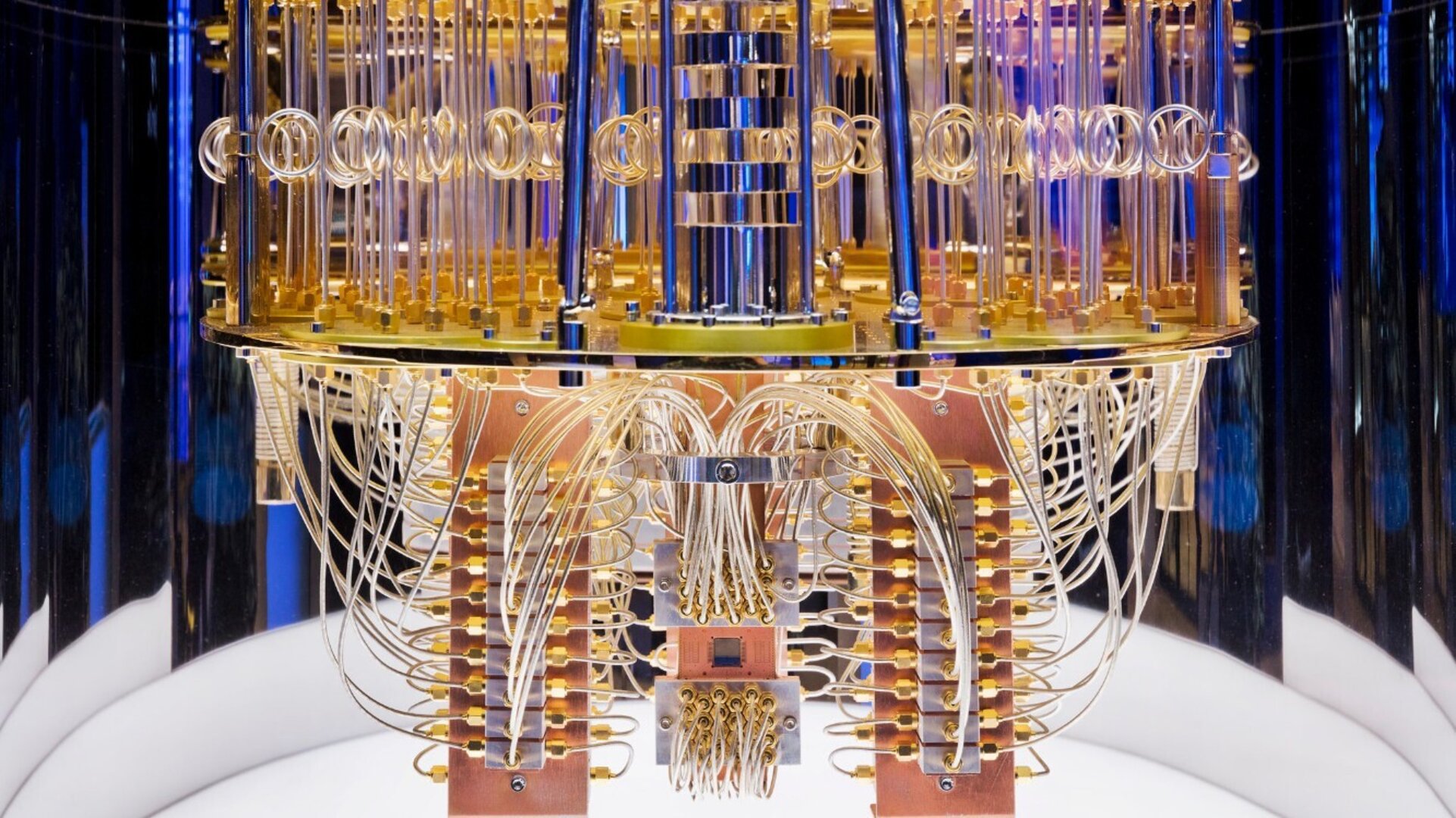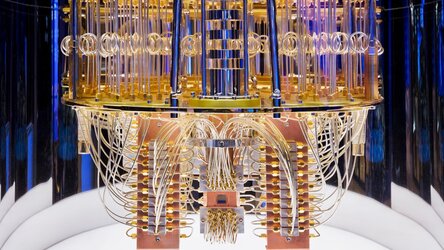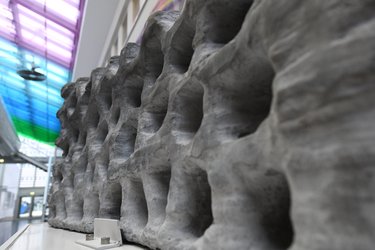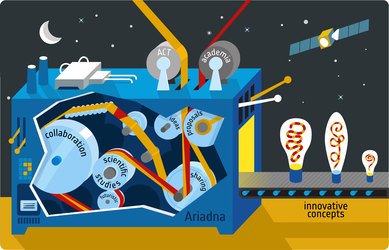Get involved in ESA's quest for quantum
Just over one year since Google claimed to use a fledgling quantum computer to solve a problem that would conquer even the best supercomputers, we are on the verge of a quantum revolution that could shake up our world. Whilst quantum computers are still in their infancy, ESA has launched a call for ideas seeking applications of this novel technology to the space sector.
The computers we are used to – classical computers – process information using long strings of ‘bits’ that can be set to either 0 or 1. In contrast, a quantum computer uses quantum bits, or 'qubits' that can be a mix of 0 and 1 at the same time.

Rather than having a definitive state, unmeasured qubits occur in a mixed 'superposition', similar to a coin spinning through the air before it lands on heads or tails. Quantum computers perform calculations based on the probability of measuring a qubit's state to be 0 or 1 – manipulating these probabilities with the quantum effects of 'superposition' and 'entanglement'. This means they have the potential to process data in ways that classical computers cannot.
Sometimes, this allows them to perform faster than their classical counterparts, reducing computational costs and enabling us to solve previously unsolvable problems. But quantum computers will not generically speed up all computation. Rather, they will be excellent for solving a specific subset of problems. What we need to figure out is what challenges facing the space sector they could address, and how they could address them.
"Quantum computing technology shows a lot of promise, and industry and academia are developing it further," explains ESA's Hamish Beck, who is leading the hunt for ideas. "But we are lacking concrete concepts for applying quantum computing to real world problems."

"We haven't yet seen any specific computing applications to ESA's activities, but we think that this call for ideas could help us nail down what questions we should be asking. Quantum computers could, for example, support difficult optimisation problems or help simulate how materials behave at a quantum level."
One important application could be to process the vast amount of data coming from Earth observation satellites. “We are therefore running this call together with ESA's Φ-lab and hope to see some of the most novel ideas related to Earth observation,” continues Hamish.
"Quantum computing together with AI are perhaps the most promising breakthroughs to come along in computer technology," adds Giuseppe Borghi, head of the Φ-lab. "In the coming years, we will see more Earth or space science disciplines employing current or future quantum computing techniques to solve geoscience problems."

Our team of experts will review all ideas to find the most promising. Particularly impressive ideas related to topics other than Earth observation will be invited to submit proposals under the Ariadna initiative of ESA's Advanced Concepts Team (ACT). Through Ariadna, ESA funds collaborative research between the ACT and academia via studies lasting up to four months.
Do you have an innovative idea for novel quantum information processing technologies or major advancements in current concepts? Tell us about it via our Open Space Innovation Platform, where the call for ideas is open until 8 January.















 Germany
Germany
 Austria
Austria
 Belgium
Belgium
 Denmark
Denmark
 Spain
Spain
 Estonia
Estonia
 Finland
Finland
 France
France
 Greece
Greece
 Hungary
Hungary
 Ireland
Ireland
 Italy
Italy
 Luxembourg
Luxembourg
 Norway
Norway
 The Netherlands
The Netherlands
 Poland
Poland
 Portugal
Portugal
 Czechia
Czechia
 Romania
Romania
 United Kingdom
United Kingdom
 Slovenia
Slovenia
 Sweden
Sweden
 Switzerland
Switzerland





























